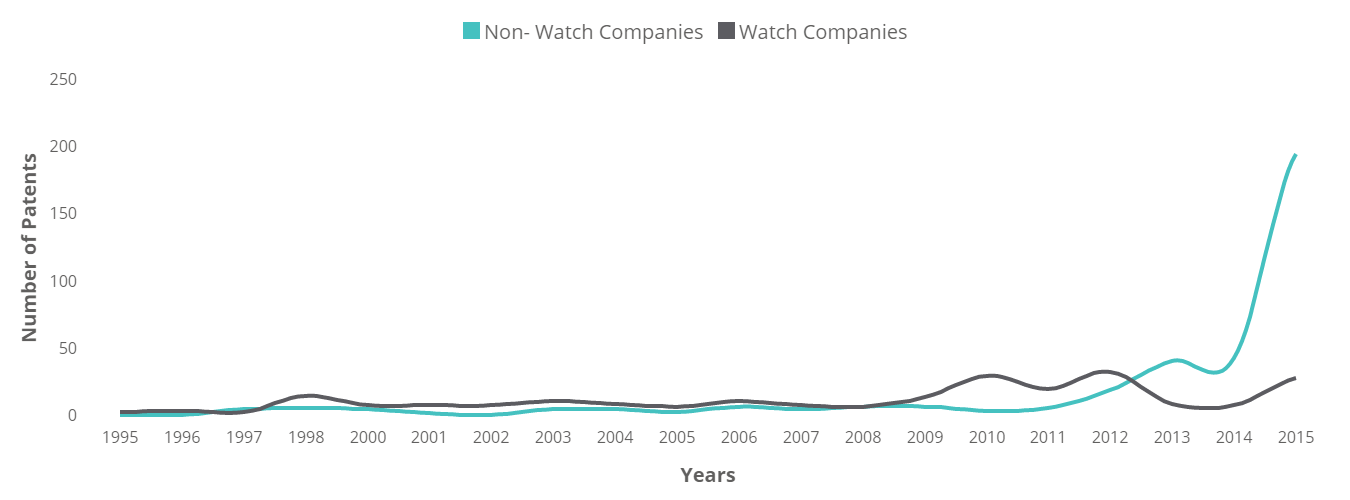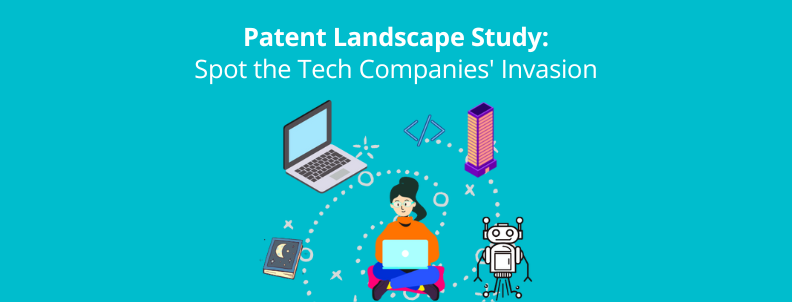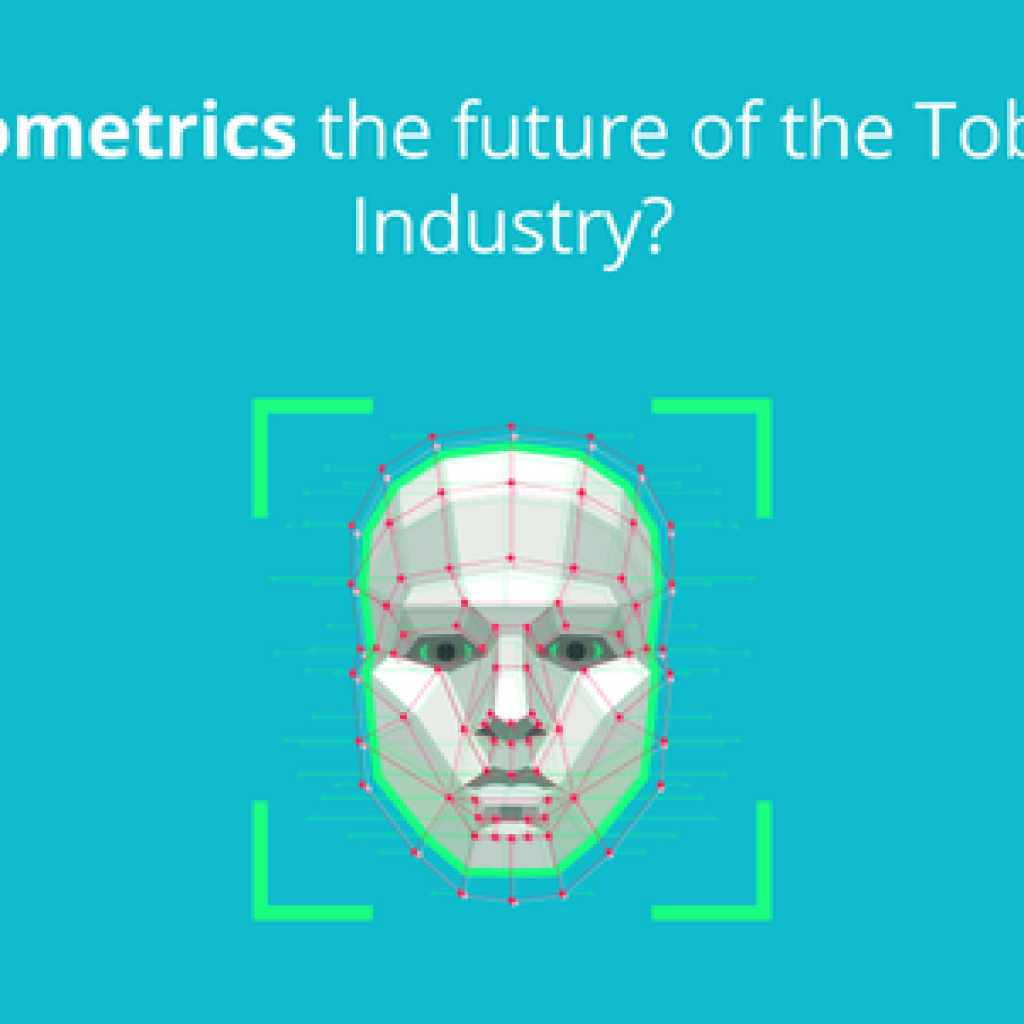About ten years ago, traditional watchmakers—companies like Tag Heuer, Swatch, and Timex—entered dangerous waters. Tech companies were preparing to introduce the modern smartwatch—a grave threat to the watchmakers’ bottom line. Of course, most companies are vulnerable to tech disruption. But the watchmakers’ position was especially precarious for another reason: They didn’t seem to have any idea what was about to happen.
Had the old guard been attuned to what was coming, they could have tried to take advantage of the changes. Instead, they mostly kept their heads down, sticking to what they knew—and, in what was apparently a crucial error, over-relying on traditional methods of market research. As a result, many traditional watchmakers now find themselves playing catch-up, trying, belatedly, to get a piece of a $22 billion smartwatch market.
The watchmakers’ mistake was understandable. After all, in 2011, before modern smartwatches had been conjured into existence, no one knew quite how the public would receive them. That meant that even the most expertly deployed market research strategies wouldn’t have been very effective: If a consumer didn’t really know what a smartwatch was, how could s/he possibly have been expected to gauge whether or not s/he might want one?
But there was another way of staying ahead of the curve, which the legacy watchmakers appear to have ignored. At GreyB, one of the services for which our clients rely on us most is what’s known as patent landscape study. It’s a specialized, research-powered process that gives an overview of all the extant and pending patents in a given sector. Taken together, the resultant data provides a detailed overview of the innovative landscape.
Using a machine learning-enabled approach to patent landscape analysis that we’ve fine-tuned over a decade working with some of the world’s largest companies, GreyB helps CEOs understand what’s happening now, what’s likely to happen next, where they stand, and how to proceed.
We believe that for most companies—any company that might cross paths with emergent tech—patent landscape analysis is no less important than market research. To illustrate that view, in this article, we’ll share a case study we recently conducted on the smartwatch industry, which saw an enormous spike in new patents beginning around 2011. The vast majority were filed by tech companies, putting watchmakers at a tremendous competitive disadvantage in the soon-to-explode smartwatch market.
Note: If you want one of our patent experts to see if and how this could apply to your company, you can contact us here.
The Challenges Companies Face When Mapping the Smartwatch Patent Landscape
Despite the deficit of data on potential demand, if a legacy watch manufacturer had looked, seven or eight years ago, at the watch-related patents being filed, they would have learned that large, powerful tech companies were pouring tremendous resources into preparing to disrupt their industry.
When businesses like Google, LG, and Apple all suddenly start focusing on smartwatches, it’s a pretty clear indicator that industry players should ready themselves for tectonic shifts. And in order to do so, executives need to understand as accurately as possible exactly what the landscape looks like:
- How many patents have been filed?
- How many have been granted?
- When, where, and to whom?
- What technologies do they concern? (Displays, cameras, heart monitors, etc.)
In theory, all this information is readily available. Each and every new patent gets filed with a national patent office—most countries have one. Eighteen months later, the filing becomes public. Eventually, after one of the patent office’s examiners has completed her review of the application, she renders a decision as to whether the patent contains a truly novel idea. If so, the patent gets granted, and that information becomes public, too.
A variety of databases both free and subscription-based—Google patents, PatSnap, AcclaimIP—compile searchable, up-to-date patent info in real-time.
But in practice, assembling accurate patent data—data that adds up to a complete landscape of innovative goings-on in the industry—is a devilishly complex task. The difficulty arises from the fact that identifying the patents that compose such a landscape often depends on finding documents that, either by accident or design, are effectively hidden.
When an idea or technology is new, there is often no consensus about how to describe it, resulting in a broad vocabulary of closely linked but not obviously related terms: A professor at Berkeley might use one set of words in his patents, researchers in Beijing another; a team of inventors in Seoul might have a third way of talking about similar ideas. Other scenarios involve subterfuge.
To avoid detection by competitors, companies file patents containing language that is deliberately opaque — describing a particular mechanism vaguely, for example, as an ‘agent’ — or so specific as to provide camouflage: a noodle might become ‘a twisting, edible, cylindrical element.’
In order to cloak their IP-dependent plans, large companies like Amazon and Google often file patents in the name of anonymous subsidiaries.
Among others, these obstacles make the keyword-based searches on which patent landscape analyses rely on a complex challenge, and a search that fails to overcome them will produce weak results—skewing any analysis that follows.
For a CEO, if proceeding without a patent landscape is like venturing into the wilderness without any map at all, using a patent landscape created from a flawed search is like referring to a map marred by blank areas: Here Be Dragons.
To ensure that our clients get a minutely accurate lay of the land, GreyB employs a suite of proprietary software programs that draw on our archive of previous work, and uses machine learning to track webs of synonyms and related terms and references through vast troves of documents stored in patent, academic, government, and other databases. The effect is to deploy an army of specialized scouts, collecting all information relevant to our client’s query to guarantee that no feature of the patent landscape is omitted.
How We Visualized Smartwatch Patent Trends (and How Watchmakers Could Have Done the Same)
Naturally, it’s not enough to simply know what the patent landscape looks like. And at GreyB, our team helps business leaders understand each and every contour, guiding them as they decide how to move through it. In our smartwatch industry analysis, we used our patent search as a kind of portal into the past. When complete, it offered a time-lapse view of innovation between 1995 and 2015.
On a line graph, we plotted the results, comparing smartwatch-related patents filed by legacy watchmakers to those filed by non-watchmakers. Unsurprisingly, for most of the years under review, both lines were pretty flat, scarcely hovering above zero. Things perked up late in 2008, when watchmaking companies including Seiko, Swatch, and Breguet filed a flurry of smartwatch patents. But home-team advantage didn’t last long; non-watchmakers took the lead in patent filings in 2012, and their graphical line jumped sharply in 2014, leaving Seiko and company hopelessly far behind.

Our search revealed other patterns: the dominance of Chinese companies in smartwatch patent filings, followed by American, Japanese, and Korean firms; the technological focus of smartwatch innovation: synergistic combinations with barometers, compasses, and other gadgetry; microprocessors; means of communication between watch and systems in the car and home, to name just a few.
How Traditional Market Research Was Unable to Predict These Smartwatch Trends
Within the universe of that data were many examples of lag time between what was buried in patent filings and what traditional market research—corporate announcements, press reports, etc.—would have turned up. One prominent example concerned Google’s plan to build an Android-powered smartwatch, talk of which began to appear in the media in 2013. By looking back, we found that, had GreyB been asked to do a patent landscape analysis six months earlier, we would have determined that Google had already made plain their intention to move into smartwatches, filing obviously relevant patents in 2011.
By that time, of course, legacy watchmakers were already at a great disadvantage. To a company like Apple, that had been keeping pace, developing their own smartwatch technology, it might have been immediately useful to know early the precise details of Google’s smartwatch play. But the traditional watchmakers were already several generations of innovation behind. Knowing in 2012, rather than in 2013, that Google would introduce an Android-powered smartwatch wouldn’t have enabled them to make up all that ground.
The intelligence wouldn’t have been useless, however—far from it.
How Watchmakers Can Still Craft Effective Smartwatch Strategy
When a client approaches us for guidance about entering a space in which they are at an innovative disadvantage, we typically propose a menu of strategies, which can be mixed, matched, and molded to the client’s preferences and position. Three stand out:
- Evaluate Adjacent Competitors
A good first step is to survey the client’s industry and analyze how their immediate competitors have handled the same challenge. In the case of legacy watchmakers entering the smartwatch space, Fossil stands out for having improved upon their initial flat–footedness. In 2015, they acquired Misfit, a maker of wearable activity trackers, in a deal that included onboarding Misfit’s CEO, Sonny Vu, a former Microsoft researcher.
The move gave Fossil a much-needed jump start, effectively furnishing the company with a readymade smartwatch team. In addition to allowing them to begin researching and selling their own smartwatch products, it made them a potential vendor of smartwatch tech. In January 2019, for example, Google acquired a piece of smartwatch IP from Fossil, for $40 million, while leaving Fossil with an in-tact R&D team that continues to develop smartwatch products.
- Consider Partnerships
Another possibility is to explore partnerships with companies that have technological firepower at their disposal, but which lack brand recognition and expertise in whatever the crossover sector happens to be.
Given the potential profits in smartwatches, virtually every tech company imaginable is eager for a piece of the action. And for a legacy smartwatch maker that does not wish to pursue large-scale tech acquisitions or initiate their own smartwatch research, the partnership represents a viable way of profiting from the industry.
In recent years, for example, both Movado and Isaac Mizrahi have partnered with HP to bring smartwatches to market.
- Research Start-Up Investment
A third option, attractive especially for companies interested in a more hands-off approach, is an investment in tech sector start-ups. In a booming domain like smartwatches, there will almost invariably be a wide variety to choose from. They’ll mostly all be eager for funding, and many of them will have patents both secured and pending.
We help clients evaluate the startup universe as a function of the intellectual property at stake, guiding them through our patent landscape analysis to demonstrate why Start-Up A’s smartwatch IP is likely to pay greater dividends than Start-Up B’s. Of course, this kind of evaluation is also vital to companies who, like Fossil was, are keen to jumpstart their smartwatch offerings through acquisition.
Gauge the Current
How our clients choose to craft their strategy often depends upon the results of our patent landscape analysis. Even when the patent landscape shows that a client—say, a legacy watchmaker without a scrap of smartwatch IP to its name—faces an innovative disadvantage, our team can help them find the best way forward. It’s a matter of accurately plotting and analyzing the technological current—of conducting a search that is both exhaustive and highly specific and being able to read the results. What are the tides doing? Where will they drift next? These answers help us evaluate competitor strategies and potential partnerships, and judge what kinds of patents will prove most profitable in the years to come.
In our analysis of the smartwatch space, we found a pattern consistent with the tendencies of the tech sector as a whole: a disrupting spread into other industries. Increasingly, patents filed for smartwatches have less to do with watches, per se, than with linking the devices to other technologies: IP that will allow the wearer to control the climate in her home or the radio in her car, measure her blood pressure and heart rate, or order dinner.
For traditional watchmakers, of course, the irony in all this is that their failure to keep up with innovations in their own industry now behooves them to expand into sectors that seemed, until recently, entirely unrelated. How, they might wonder, did it get so late so soon?
The tech companies in the case of smartwatches are still invading other sectors be it a large or niche, especially where digitalization is emerging. One such example is the Tire industry where we have witnessed decent patent filings by tech companies like Apple, IBM, Intel, etc. If the traditional tire manufacturers ignore them, they might face the same faith as watchmakers.
The same could be happening in your industry also. To find out, just contact us and our scout regiment will carry out a mission to spot the tech titans that are eager to eat your market share.









